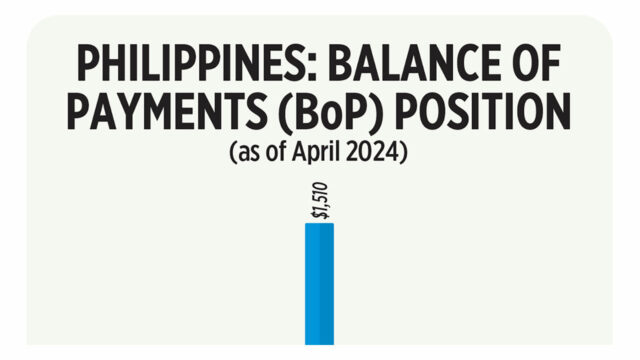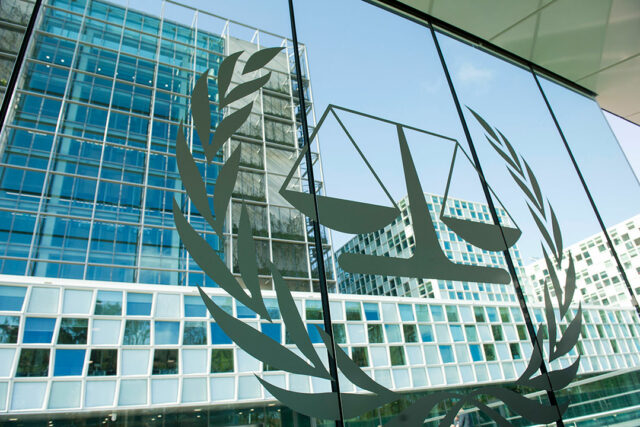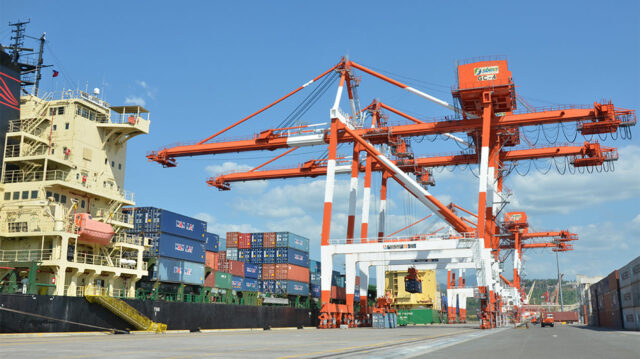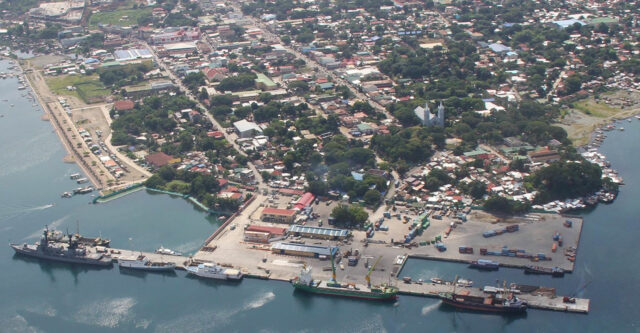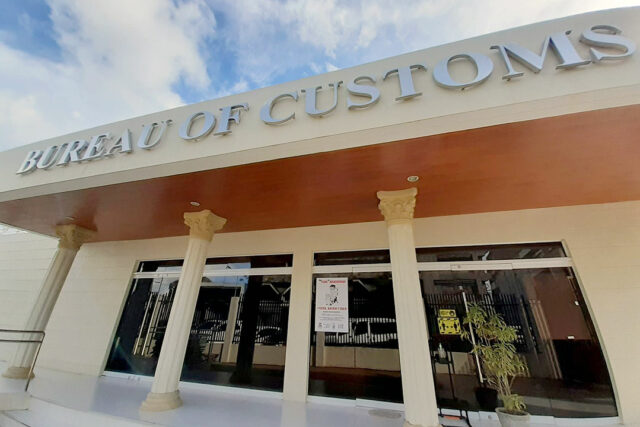CHALLENGES to the original proponents are expected this year for the New Bohol-Panglao International Airport and the Iloilo International Airport this year, the Department of Transportation (DoTr) said.
“When we publicize the instructions to bidders, it will also be the publication of the concession agreement,” Roberto C.O. Lim, Transportation undersecretary for aviation and airports, told reporters at a forum last week.
Mr. Lim was responding to a query on the government’s timetable for inviting parties to challenge the unsolicited proposal of Aboitiz InfraCapital, Inc. for the P4.53-billion contract to upgrade New Bohol-Panglao International Airport.
The Public-Private Partnership (PPP) Center estimates that the Bohol airport is targeted for award by year’s end.
The Aboitiz group secured in 2018 the original proponent status (OPS) for the New Bohol-Panglao International Airport’s operations and maintenance which will feature a 25-year concession period.
The government is hoping to finalize its negotiations with the Aboitiz group, and issue its instruction to challengers within one month.
Mr. Lim said once the negotiations are finalized, the government will publish the instruction to bidders and the proposal opened to challenge.
“We hope we can do that in one month, we hope. Because we are talking with the same party as Laguindingan. Now, we will talk to Aboitiz again about this airport. We’ll do it using the same process, but it should be shorter,” Mr. Lim said.
The DoTr invited challengers for the unsolicited proposal of Aboitiz InfraCapital for the P12.75-billion operation, maintenance, and upgrade contract for Laguindingan International Airport, which serves northern Mindanao.
Aboitiz InfraCapital also holds OPS for the Laguindingan contract, which has attracted two challengers, Mr. Lim said.
The PPP Code, or Republic Act No. 11966, amended the Build-Operate-Transfer Law to create a unified legal framework for all PPPs at both national and local levels.
Under the PPP Code, unsolicited proposals must undergo a comparative challenge following a right-to-match mechanism within a given time period.
The grant of OPS gives the original bidder the option to match offers made by challengers.
The government’s negotiations with Prime Asset Ventures, Inc. which secured the OPS for the right to operate, maintain, and upgrade Iloilo International Airport, are expected to be completed by September, Mr. Lim said, adding that the awarding of the contract will take place by the first quarter of 2025.
“The negotiations will be finished in September… right now we are looking at the first quarter for the issuance of the award,” Mr. Lim said.
Nigel Paul C. Villarete, senior adviser on PPP at the technical advisory group Libra Konsult, Inc., said the government’s approach to privatizing regional airports has proven to be faster and has led to better outcomes, following the success of Mactan-Cebu International Airport.
In 2022, Aboitiz InfraCapital finalized a deal with Megawide Construction Corp. and GMR Airports International, B.V., allowing it to acquire shares in GMR-Megawide Cebu Airport Corp., the company behind Mactan-Cebu International Airport.
“This is a big boost to the aviation sector which will benefit from improved and more efficient operations by the private sector,” Mr. Villarete said in a Viber message on Tuesday.
He said the government’s PPP approach has proven beneficial as it structures airport deals that generate positive financial returns.
“Many of the other smaller airports are still government-subsidized and may not qualify for PPP. These can still be offered but with a government subsidy factored in. But that’s for the government to decide,” he said.
“Good for the country, and the aviation sector, if the three regional airports go the way of Mactan Cebu. But I don’t expect the government to privatize more regional airports soon — for the simple reason that there are few, if any, in the pipeline,” Rene S. Santiago, former president of the Transportation Science Society of the Philippines, said in a Viber message.
Mr. Lim said the government is also looking at the possibility of bundling smaller airports to offer as PPPs.
“Part of the strategy we are looking at is how to bundle, how many and which ones to make it attractive to be offered for PPP,” he said.
For now, Mr. Lim said other regional airports have attracted unsolicited offers.
“Other airports remain candidates, of course — General Santos, Busuanga, even Bacolod, Bicol. There are bigger airports — Laoag, Tacloban… that can be the central airport to bundle with,” he added. — Ashley Erika O. Jose





